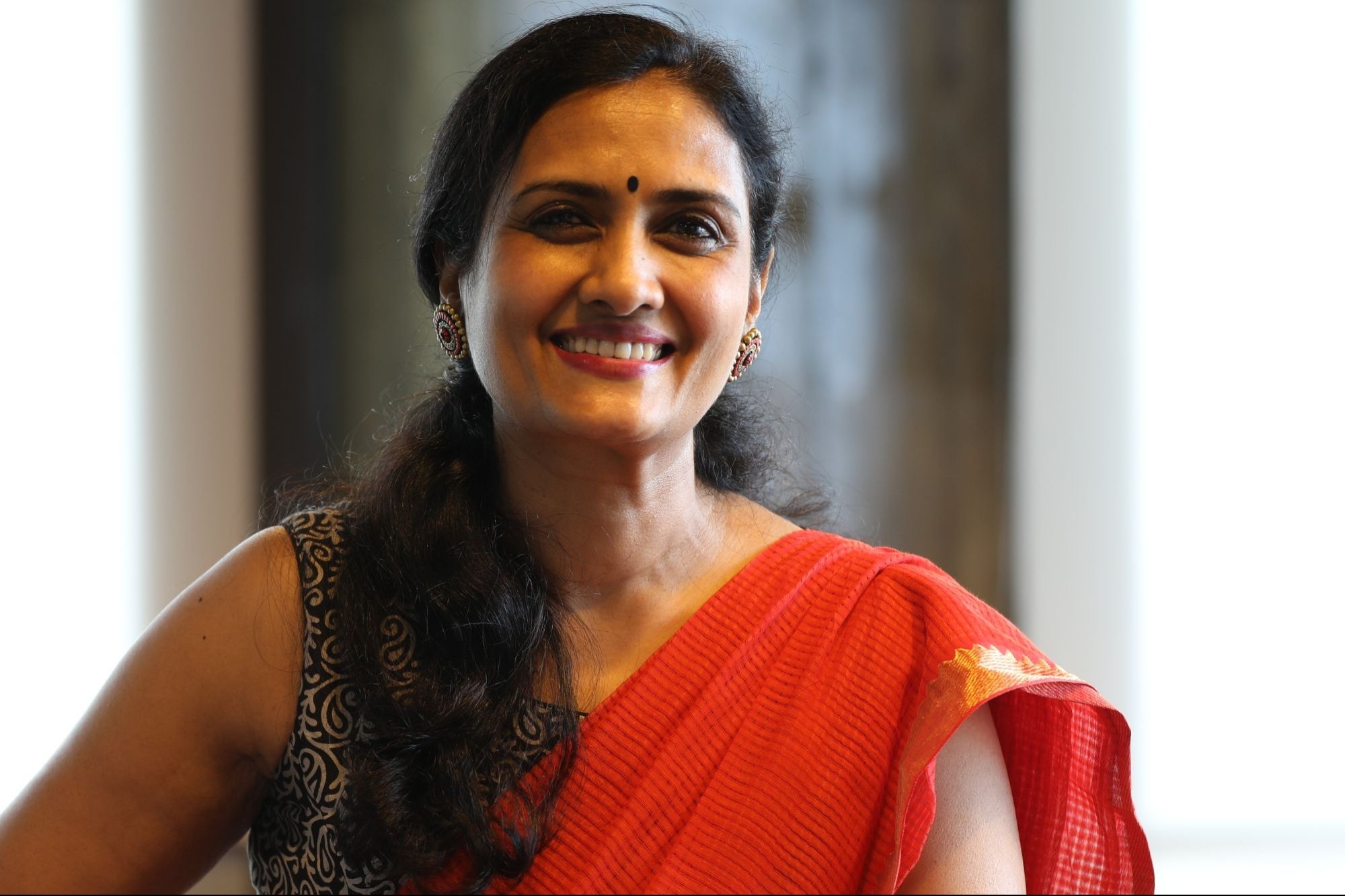Ethos Behind Rendering GenNext Leader Indian family businesses will let the biggest opportunities pass them by if they fail to create next-gen leaders, tapping the demographic dividend within family businesses.
Opinions expressed by Entrepreneur contributors are their own.
You're reading Entrepreneur India, an international franchise of Entrepreneur Media.

Three statements, with deep ramifications for Indian family businesses in recent years, merit attention:
1. ndia has the third highest number of family businesses in the world, with a larger proportion of them in a relatively mature (3rd generation) stage.
2. India sits on a veritable gold mine - that of demographics, with a median population age of 27-35 years.
3. Only 15 per cent of Indian family businesses have a robust, documented and communicated succession plan. These three statements point to an inexorable truth that Indian family businesses will let the biggest opportunities pass them by if they fail to create next-gen leaders, tapping the demographic dividend within family businesses.
Gen-Next Leadership: The Capability En\vironment Matrix
With 60 per cent of the family businesses in the third generation, they would need to crack the challenge of nurturing the next generation leaders. The task itself can be viewed in a continuum alongside two scales: one, the capability and the fit of the next generation and two, the presence of a supportive environment.
Capability and fit: The next-gen's capabilities have to do with their knowledge and skills regarding strategic orientation, customer impact, insights, ability to lead teams and influence change. The "fit', meanwhile, concerns cultural fit with the company's values and vision. Does the next-gen possess the respect, integrity and the value systems associated with the family business?
Supportive environment: The new generation can develop the necessary leadership qualities comprising of technical skills, IQ, besides the emotional and social intelligence in the presence of a positive family climate, which provides a supportive environment.
The capability-fit/ supportive environment classification can be represented by a grid - the CE matrix. We are likely to find the highest proportion of unsuccessful next-gen leaders in the lower left-hand quadrant marked as "U', where the next-gen is characterized by low capability and fit and lack of a supportive environment.
The upper quadrant on the right-hand side, marked "HS' shows the highest proportion of successful next-gen leaders.
The upper left-hand quadrant marked S, is where the supportive environment provided by the senior generations, together with the nurture and engagement, is likely to create a generation of successful next-gen leaders despite the absence of high capability among the next-gen leadership.
Finally, the lower right-hand quadrant, marked X, shows that high capability next-gen family members, in the absence of a supportive environment may either prefer to leave the family business altogether and engage in start-ups or join a corporate.
Having lost his father at a very young age, a young leader from a family business enterprise in polymers was inducted by his four uncles. A perfect example of family harmony. He recalls, "At 21, I was assigned the job of sales of a new product, a strategic role at the time. While I was hesitant, my uncle advised me: "Go ahead and learn the job. I am there to shield you if there is a loss, but if you succeed and learn, the family human capital gets significantly expanded."
Then, there is the case of another family business scion, with an authoritarian father. The father did not wish to pass on the mantle to the young son, for fear of being rendered redundant. At the same time, he was not willing to let the son move into a new line of business altogether. This led to the son eventually moving out of the business. The senior generation in most family businesses worries about a next-gen who will carry on the legacy. There is, however, little concern to put into place a robust succession plan. The writing on the wall for family businesses is clear: Provide the right supportive environment and develop the right capabilities in the next-gen to tap the rich demographic dividend within family businesses. Or else, we may have to contend with a lost generation.
INDIAN FAMILY BUSINESSES WILL LET BIGGEST OPPORTUNITIES PASS THEM BY, IF THEY FAIL TO CREATE NEXTGEN LEADERS.












